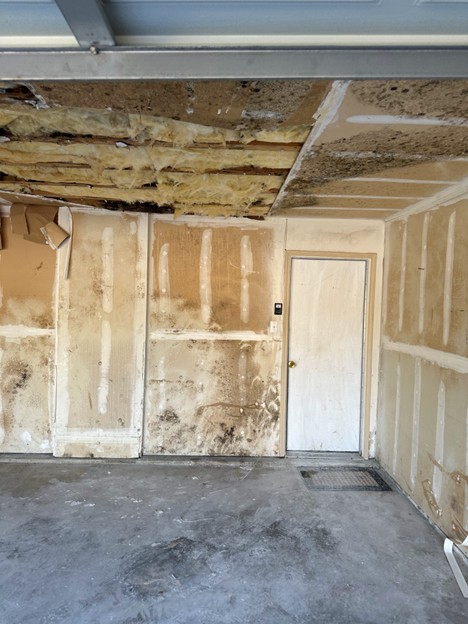Mold is one of those sneaky problems that can quietly take root in your home before you even realize it. And once it’s there, it spreads fast, causing structural damage and even health issues like allergies and respiratory problems.
But the good news? Mold growth is both manageable and preventable when you know what to look for and how to stop it in its tracks.
Why Moisture Is the Main Culprit
Mold loves moisture. It’s as simple as that! Wherever there’s a damp, humid environment, mold spores are likely to thrive. Whether it’s from a leaky pipe, a roof that drips during rainstorms, or even just high humidity in a bathroom with poor ventilation, moisture is usually the root cause of mold growth indoors. Even small spills or condensation from windows can become problem areas if they’re not dried out quickly and thoroughly.
Common Sources of Indoor Mold
One of the most common sources of mold in homes is plumbing issues. A hidden leak under a sink or behind a wall can go unnoticed for weeks or months, allowing mold to grow in the dark, undisturbed.
Another key source is poor ventilation, especially in rooms like bathrooms, laundry areas, or basements. When humid air has nowhere to go, it settles into porous surfaces and starts feeding mold spores. Wet basements, clogged gutters, and even air conditioning units that aren’t properly maintained can also become mold hot spots over time.
How to Prevent Mold from Taking Hold
Keeping mold at bay is all about controlling moisture. Make sure your bathroom has a working exhaust fan, your gutters are clear and draining away from your foundation, and that any leaks, no matter how small, are fixed immediately. It also helps to use a dehumidifier in damp areas of the house, especially basements or crawl spaces. Running your HVAC system regularly and changing filters can help keep airflow consistent as well, as it reduces humidity and moisture buildup.
The Importance of Air Circulation and Ventilation
Good airflow is a major line of defense against mold. When air is constantly circulating, it’s harder for moisture to settle and harder still for mold to find a place to grow. Make a habit of opening windows when the weather allows, especially after cooking or showering. Ceiling fans and vent fans can also help prevent stagnant air from becoming a breeding ground for mold. And if your home feels stuffy or overly humid, it might be time to have your HVAC system checked to make sure it’s operating efficiently and circulating air properly.
How Mold Affects Your Home’s Value
Mold is a health hazard, and it can also affect the value of your home. If mold is discovered during a home inspection, it may cause buyers to walk away or demand expensive repairs. Even if you’re not planning to sell anytime soon, unchecked mold growth can lead to structural damage, which is costly to fix and may lower your home’s long-term resale potential. Preventing mold and addressing it early protects your family’s health as well as your financial investment in the property.
If you have water damage in your home and want to take preventative steps to protect your property, our team at Hands & Hammers Restoration Services is here to help. We specialize in water damage restoration services, including cleaning and disinfecting areas to prevent mold and bacteria from growing. Reach out to us today if you’ve recently noticed water damage and take the first step toward a cleaner, healthier living space.


